Aveek Sarkar v. State of West Bengal (2014) 4 SCC 257
SECONDARY_KEYWORDS: Hicklin rejected, obscenity, nude photograph, Boris Becker, press freedom

Quick Summary
Was the Boris Becker nude photo, republished in Indian media, obscene? The Supreme Court said no. It rejected the old Hicklin test and adopted the community standards approach: judge the picture as an average person would, in its context and message. Here, the image spoke against apartheid and did not arouse lust.
Issues
- Whether the magazine cover photograph could be said to be obscene under Section 292 IPC.
Rules
- Nudity ≠ Obscenity per se: A nude/semi-nude image is not automatically obscene. It must have a tendency to arouse lust or reveal overt sexual desire considering posture and background.
- Community Standards Test: Judge from the perspective of an average person using contemporary community standards, viewing the picture in full context and message.
- Only sex-related material that excites lustful thoughts can be held obscene.
Move away from isolating passages; look at the work in context and its overall effect.
Facts (Timeline)

Arguments
Appellants (Editors/Publishers)
- Photo served a social message (anti-apartheid, love over hate).
- Nudity alone does not equal obscenity; context and posture matter.
- Apply community standards, not Hicklin’s isolated-passage test.
Respondent (Complainant/State)
- Photo allegedly gives sexual titillation and degrades morals.
- Republishing exposes youth to obscene content; offence under S.292 IPC.
Judgment

Held: The Supreme Court rejected the Hicklin test and applied the community standards test. The photograph was not obscene: it did not excite sexual passion or tend to deprave or corrupt. It conveyed a message of racial equality and love. No offence under Section 292 IPC.
Ratio Decidendi
Obscenity must be judged by the average person’s view using contemporary community standards, considering the context, posture, and purpose. Nudity per se is not obscene; only material that excites lustful thoughts and is designed to arouse is caught by S.292 IPC.
Why It Matters
- Confirms the community standards approach in India for obscenity.
- Protects contextual, non-lascivious depictions, especially with social messaging.
- Guides editors, artists, and courts on context-sensitive evaluation.
Key Takeaways
- Hicklin out; Community standards in.
- Nudity ≠ Obscenity: look for lust-arousing tendency.
- Context & message decide the outcome under S.292 IPC.
Mnemonic + 3-Step Hook
Mnemonic: “Context over Cleavage.”
- Context: See the whole picture, purpose, and message.
- Standards: Apply average person + today’s community norms.
- Tendency: Only lust-arousing material is obscene.
IRAC Outline
Issue: Is the republished photograph obscene under S.292 IPC?
Rule: Community standards test; nudity per se is not obscene; look for tendency to excite lustful thoughts.
Application: Photo framed against apartheid; semi-nude with no lascivious focus; average viewer would see social message, not sexual titillation.
Conclusion: Not obscene; complaint under S.292 IPC fails.
Glossary
- Hicklin Test
- Old test focusing on susceptible minds and isolated passages.
- Community Standards
- Average person’s view using contemporary norms; considers work in context.
- Section 292 IPC
- Provision penalizing obscene books, drawings, or other objects.
FAQs
Related Cases
Regina v. Hicklin (1868)
The old obscenity test focusing on susceptible minds and isolated extracts.
Obscenity Historic TestCommunity Standards — Guide
How Indian courts assess context, purpose, and audience in speech cases.
Free Speech Exam NotesShare
Related Post
Tags
Archive
Popular & Recent Post






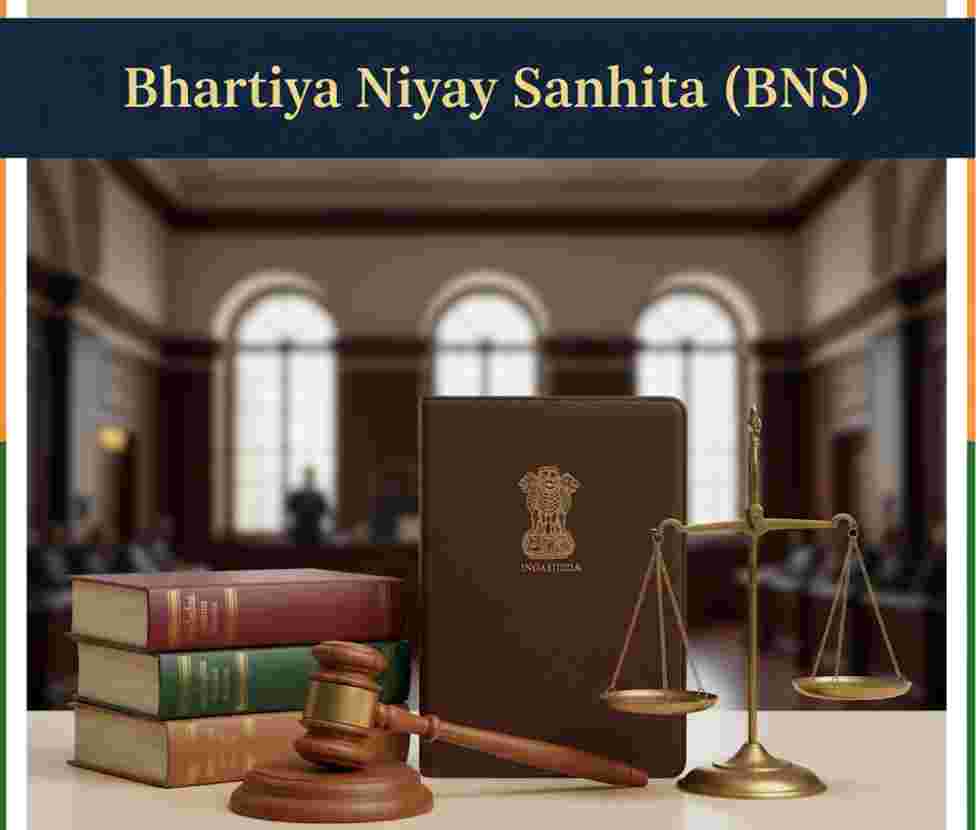

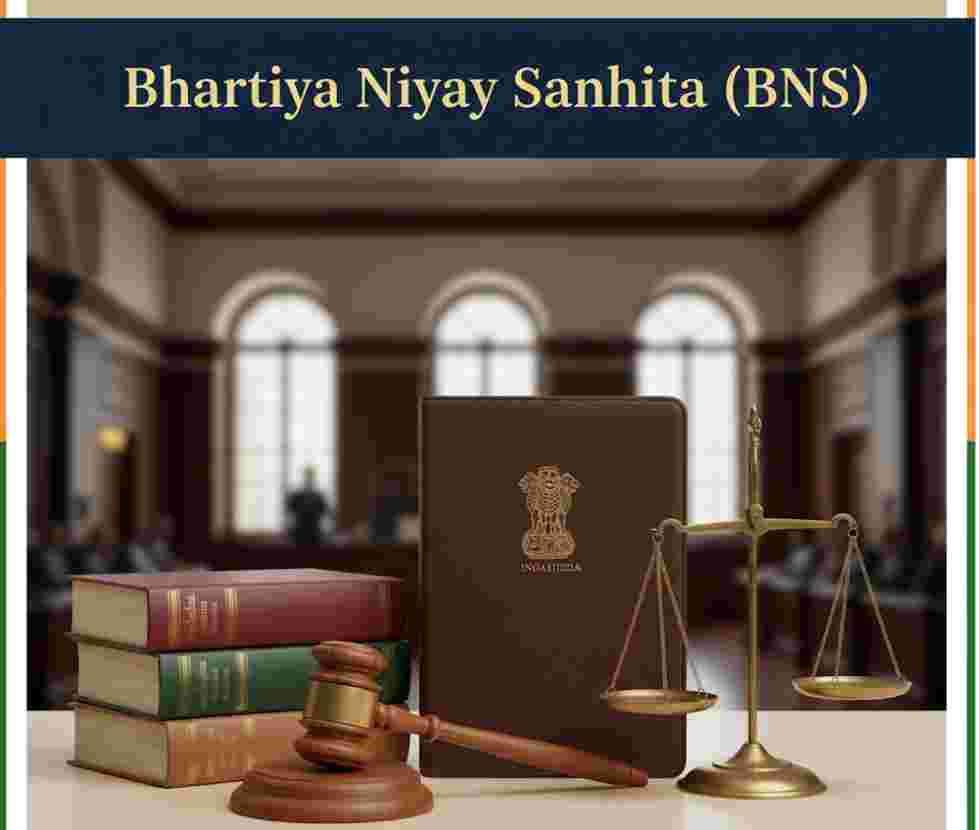
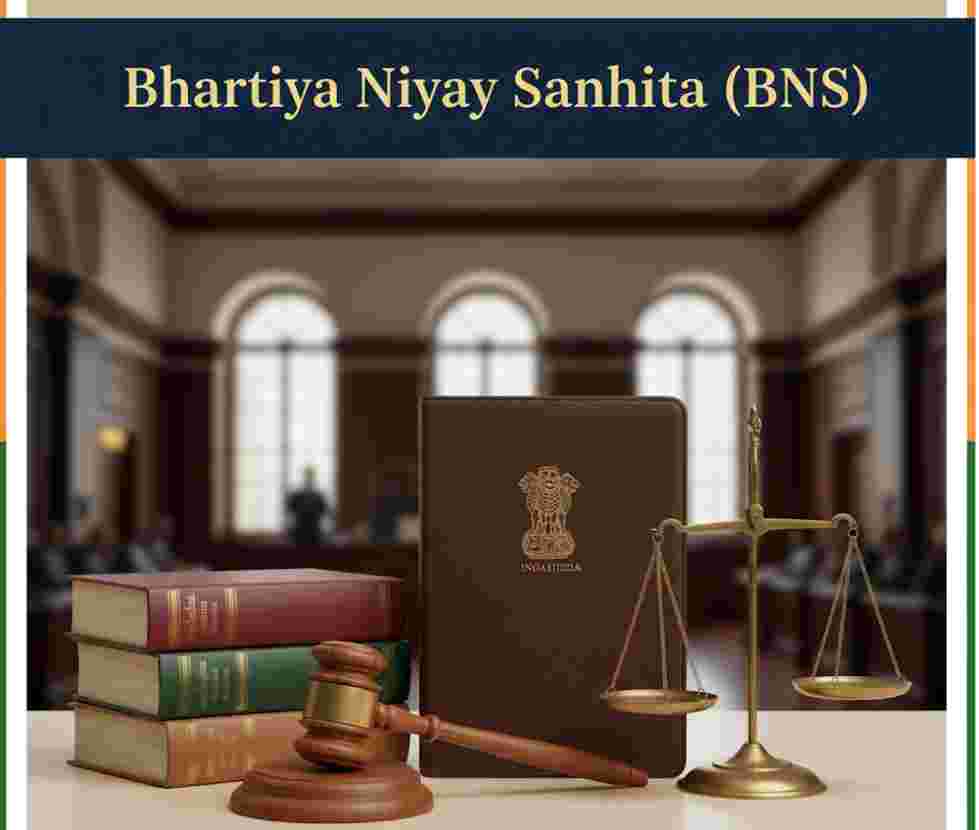
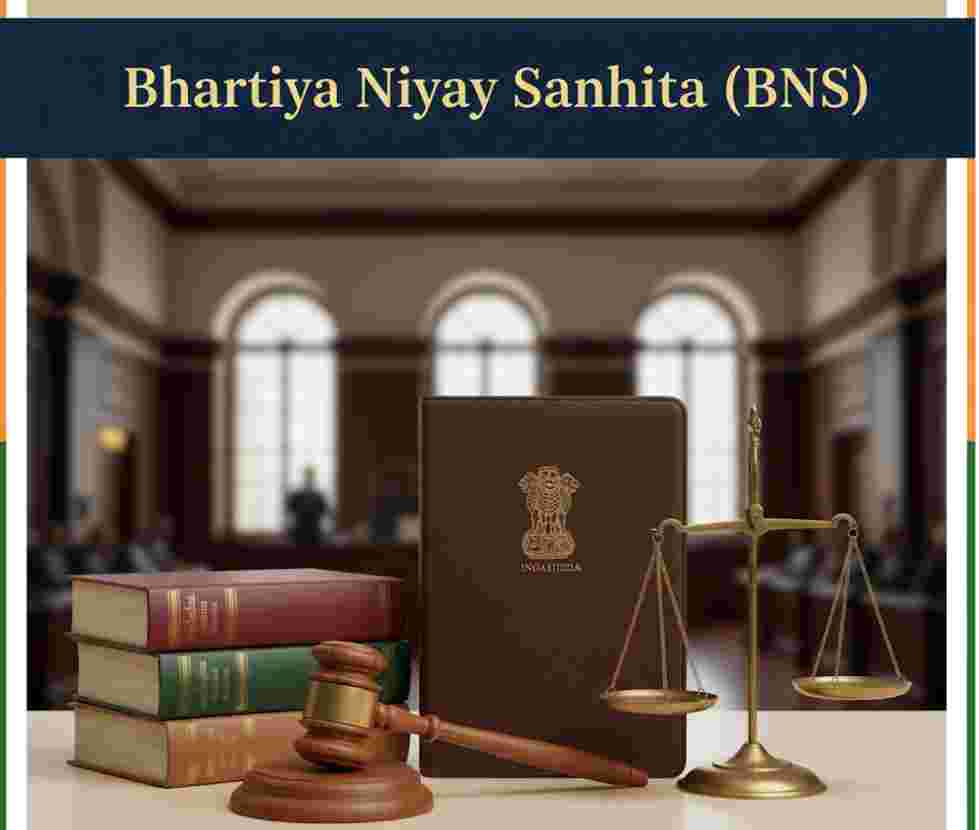
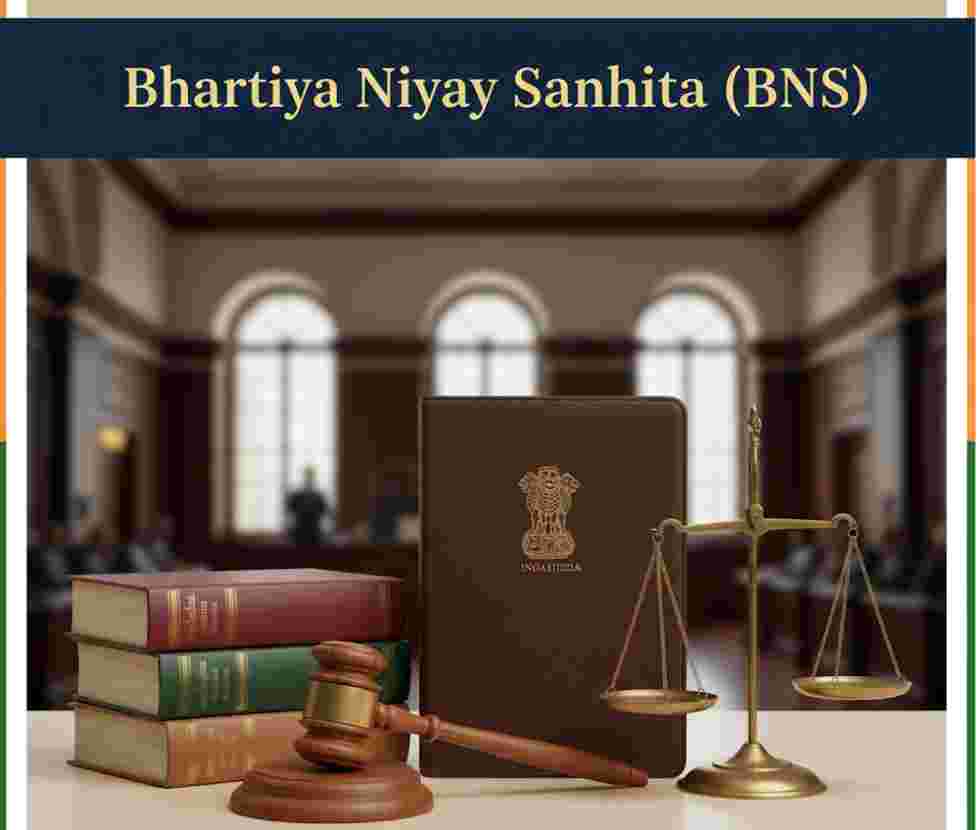

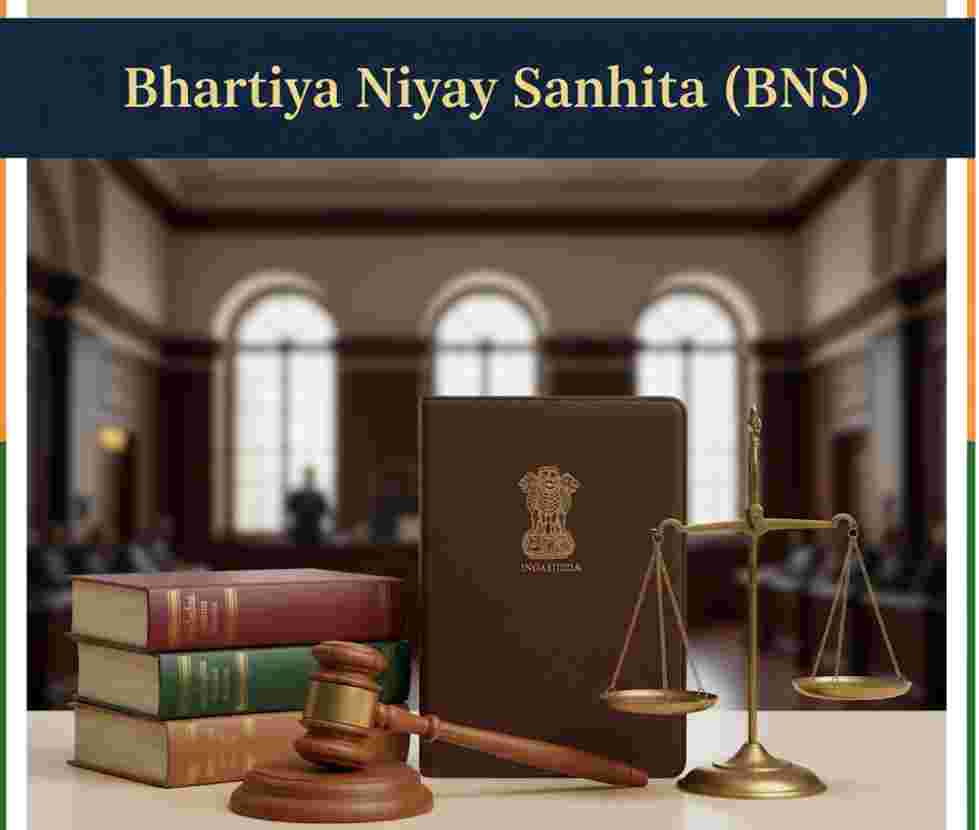

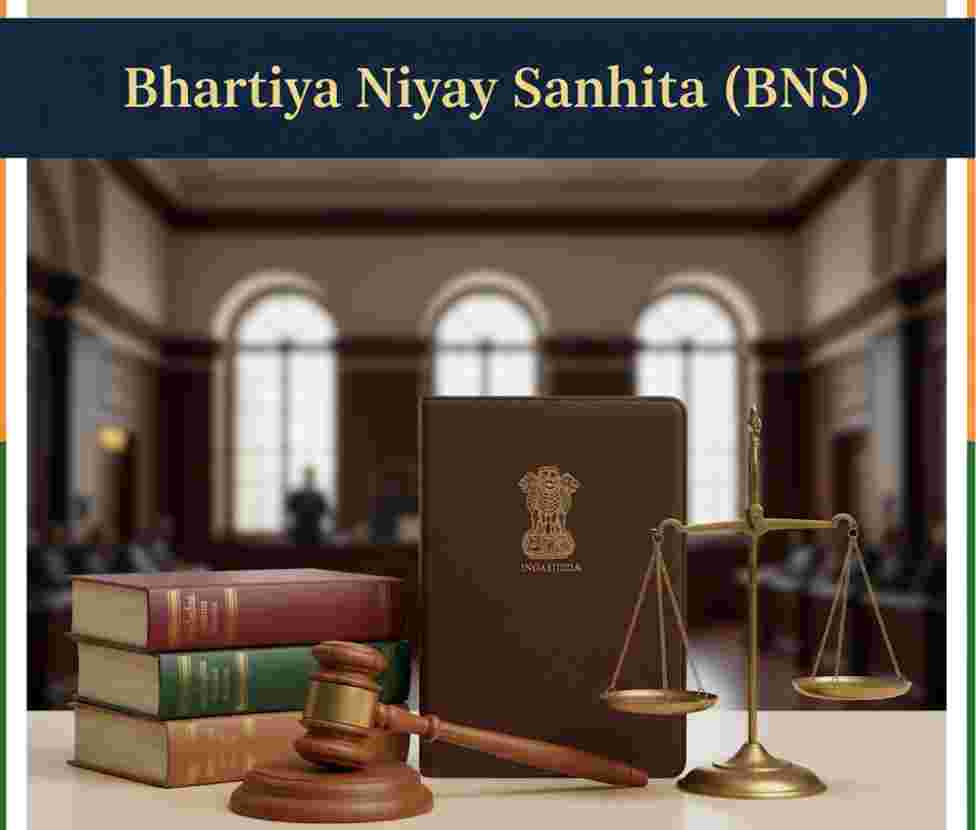
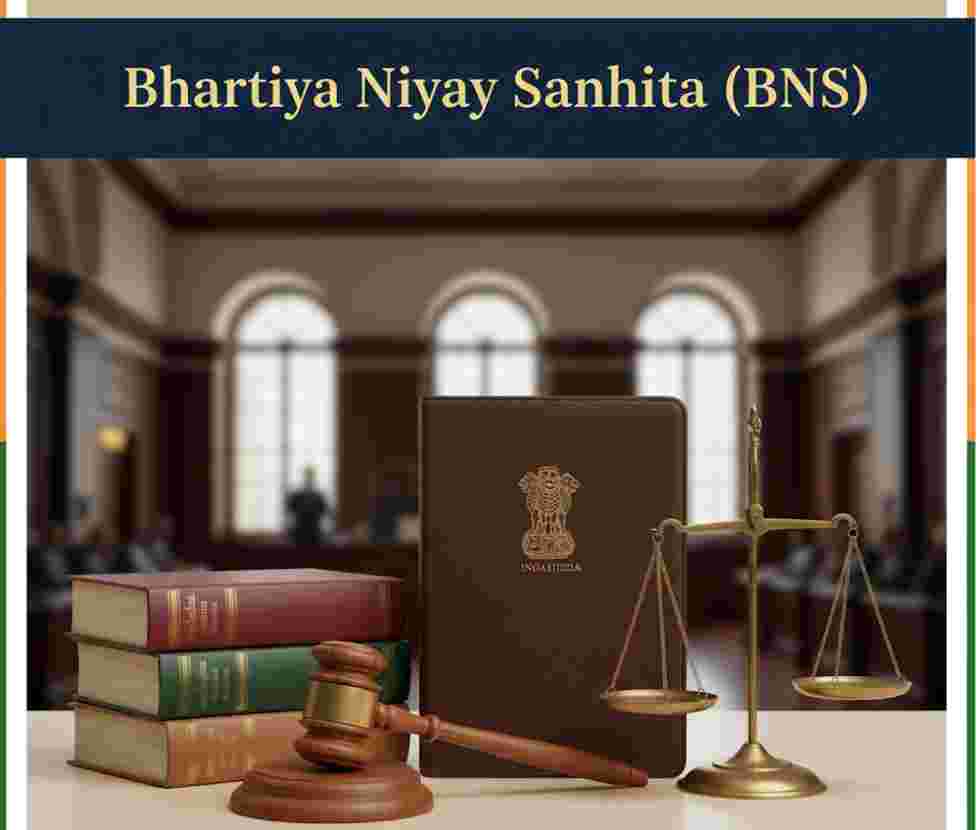
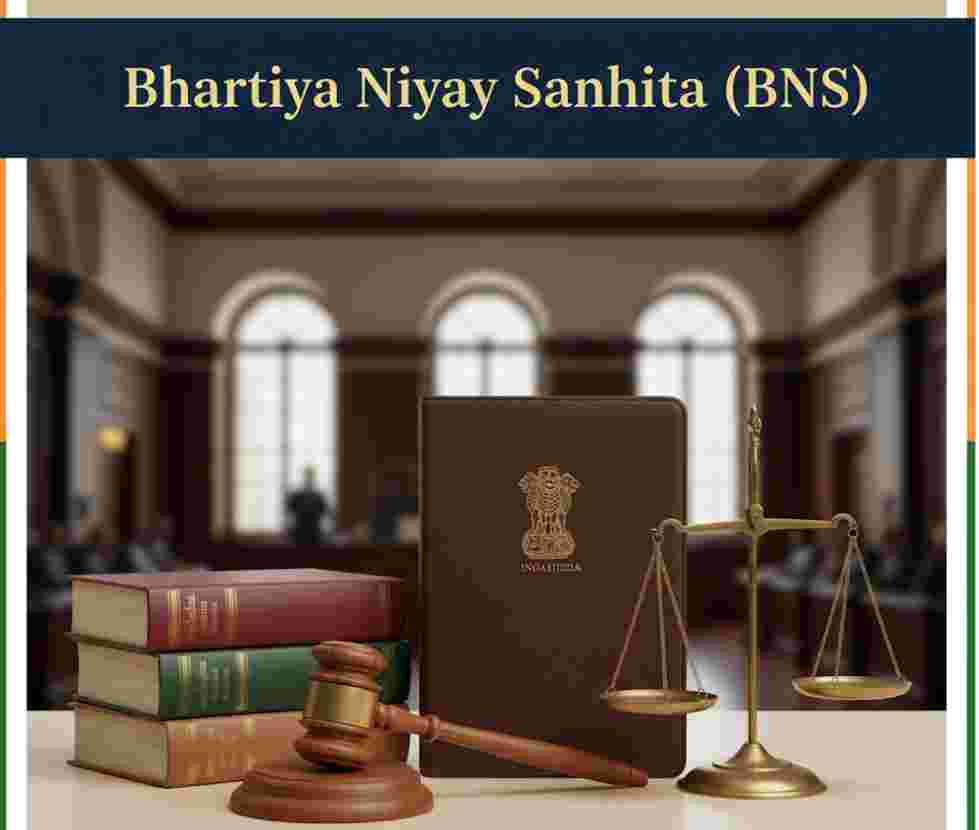
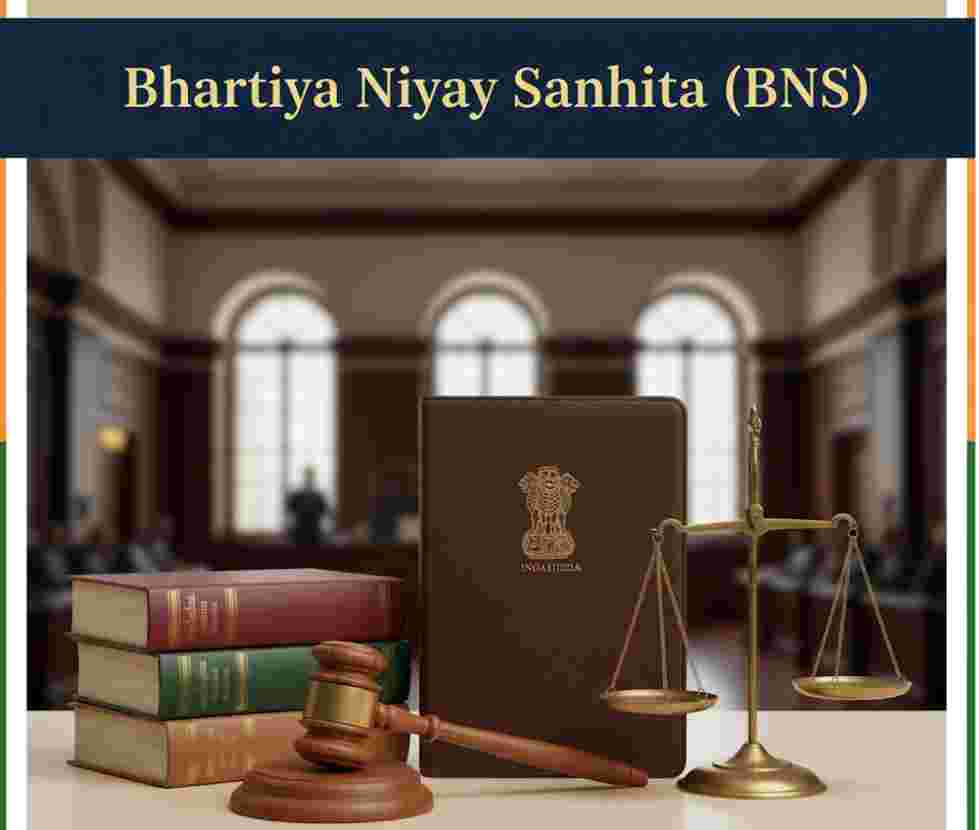
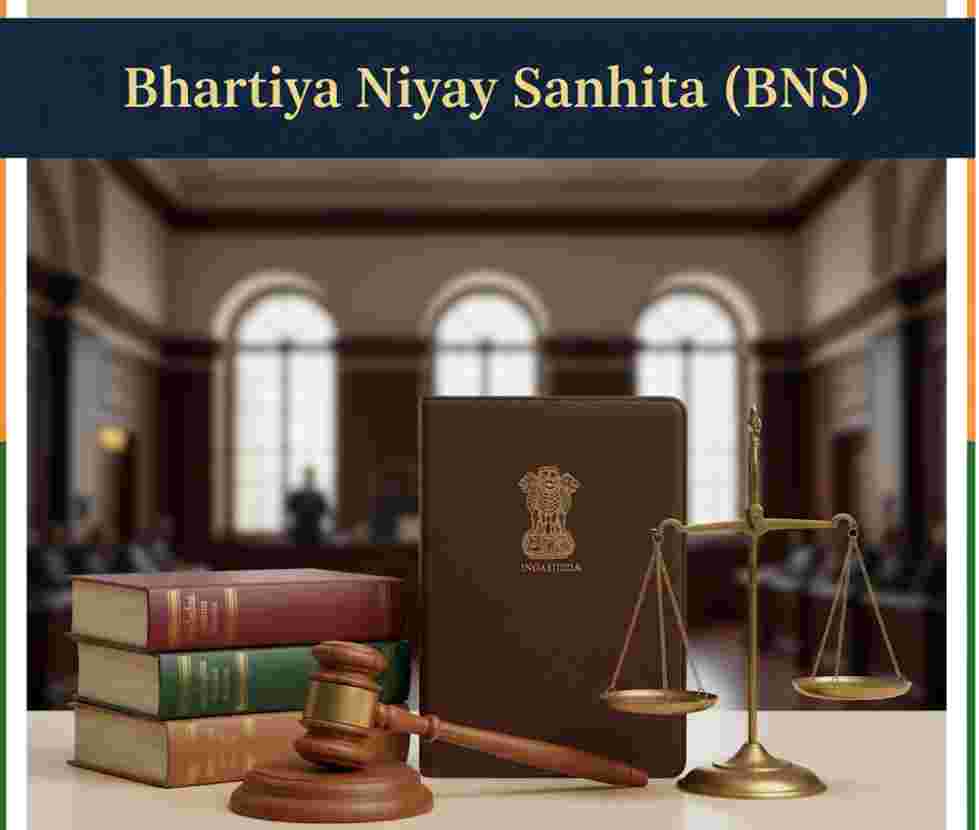
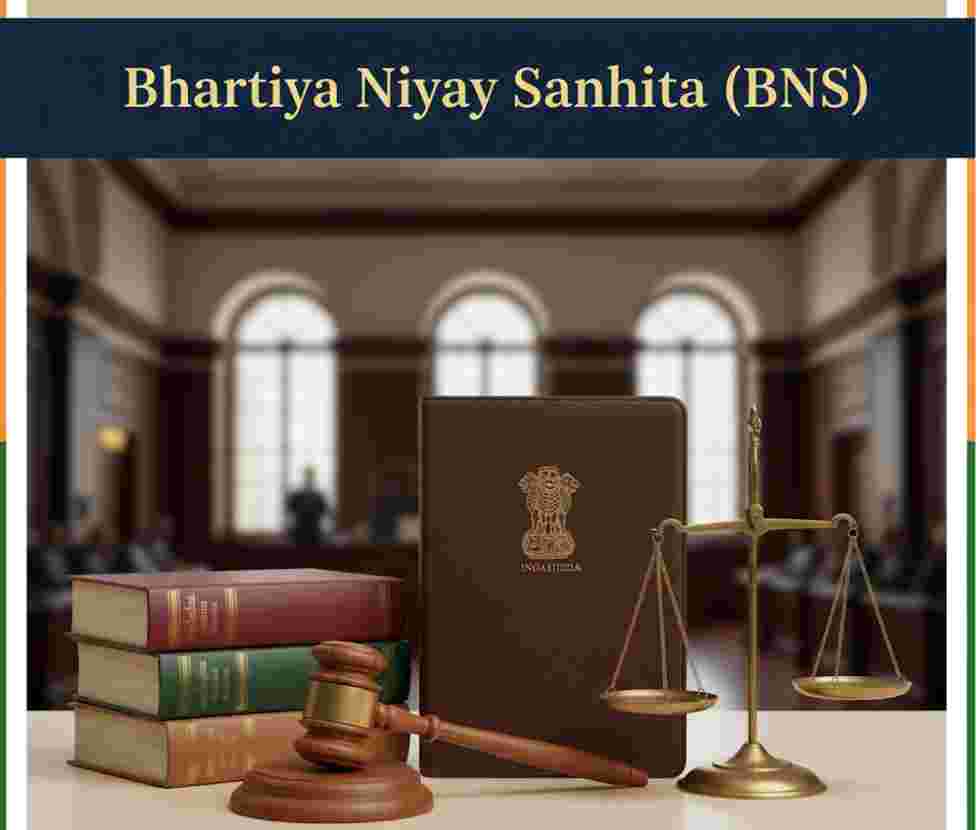
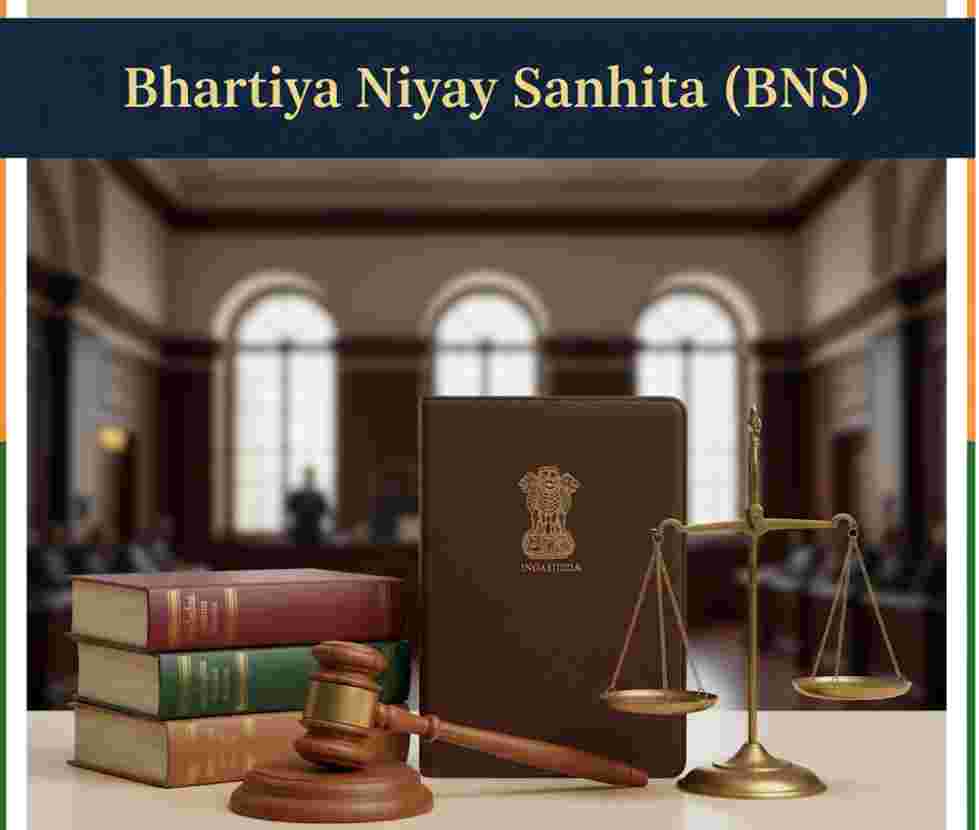
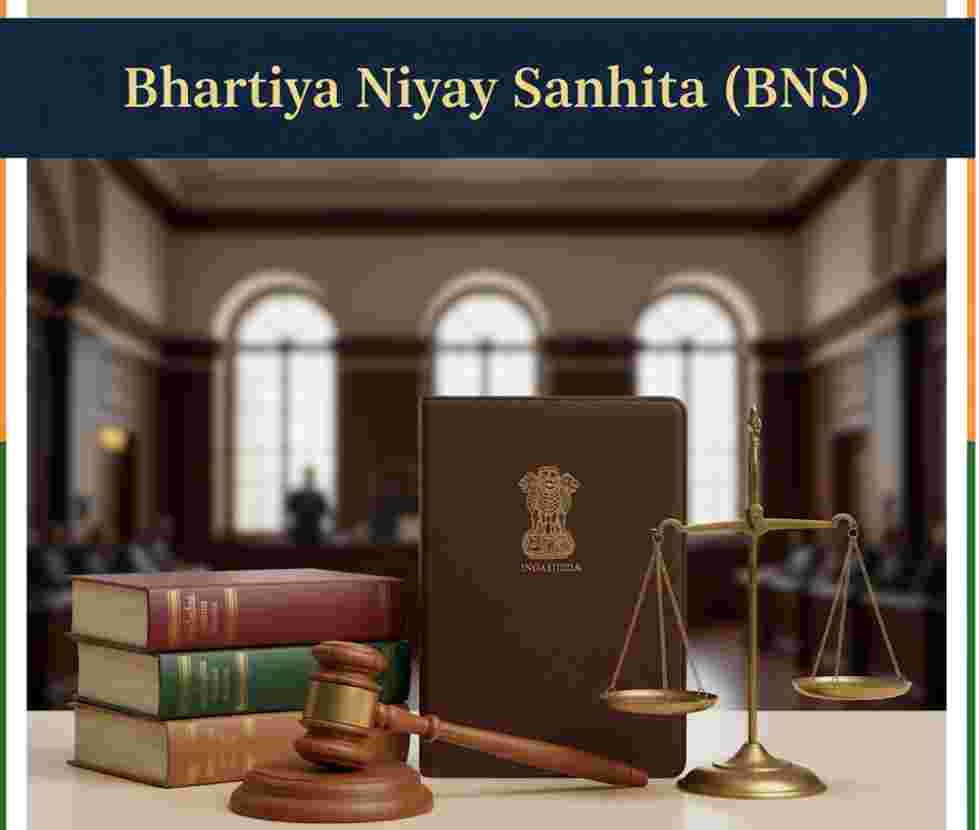

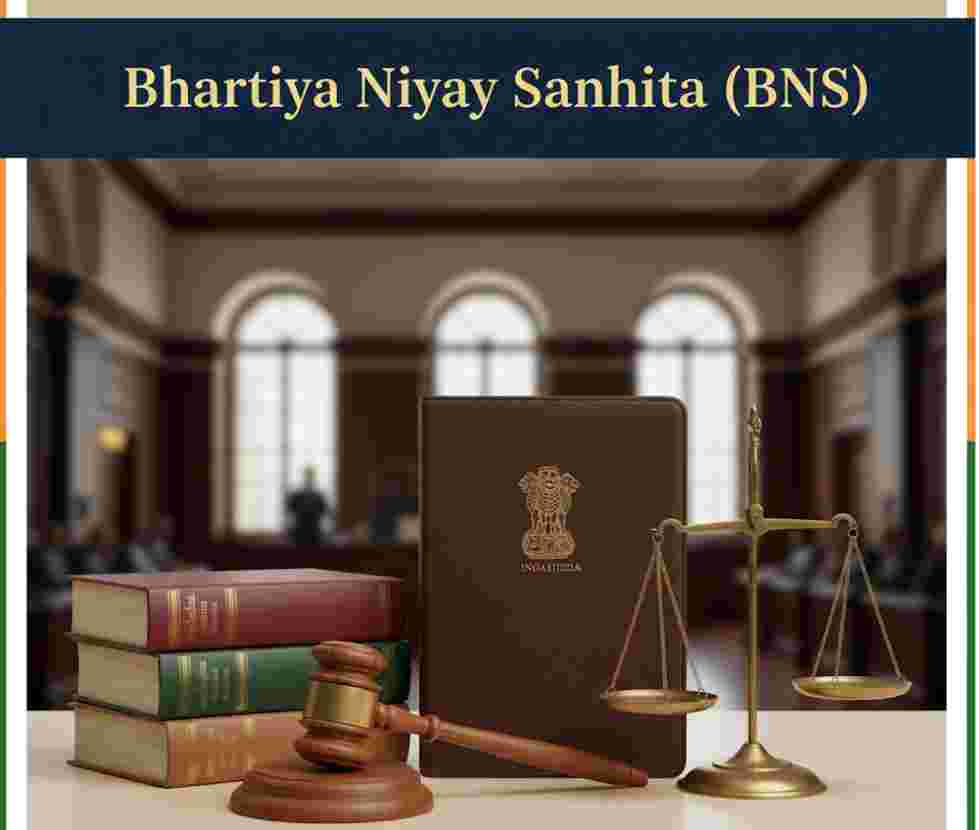
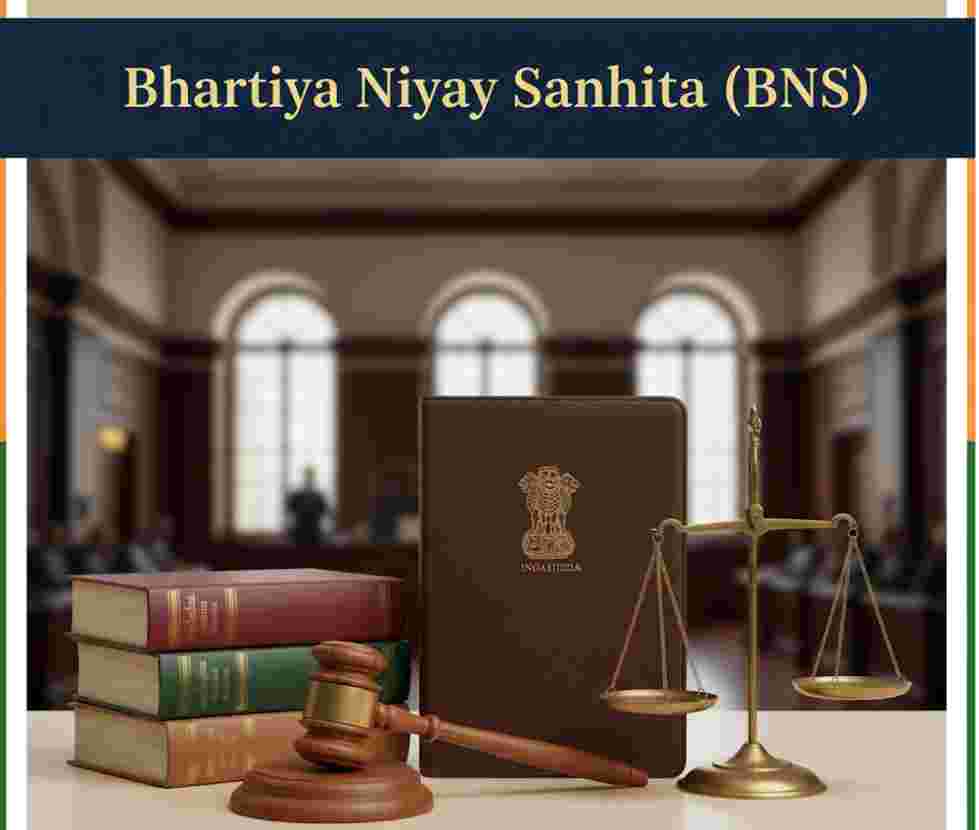
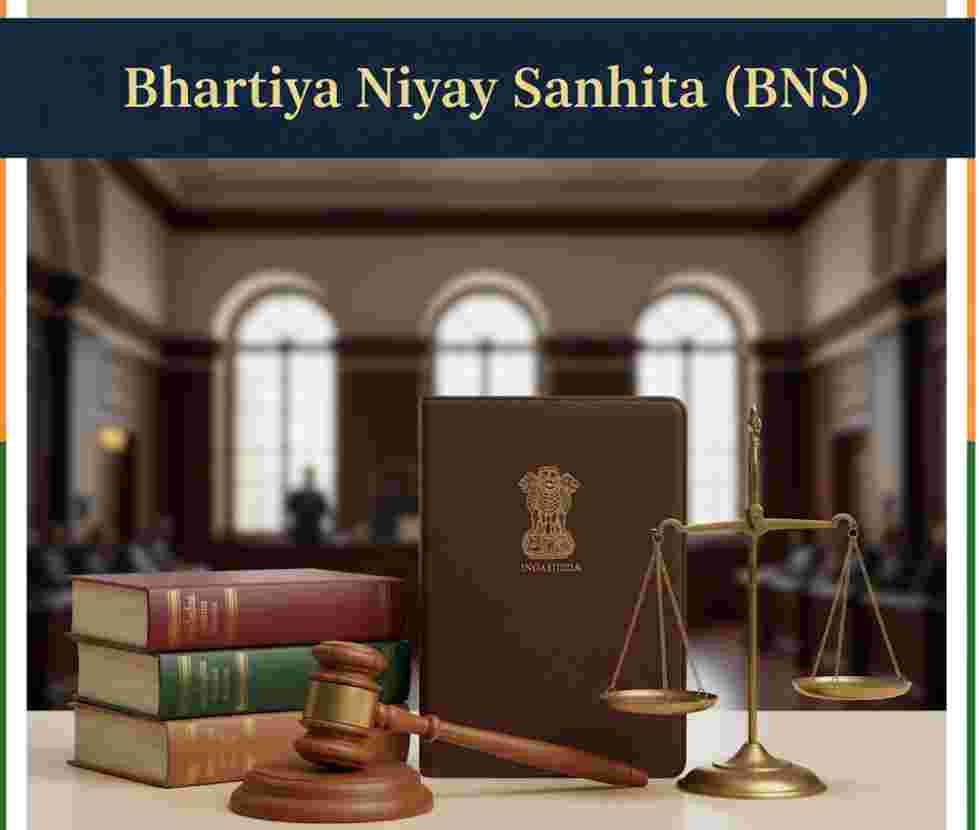
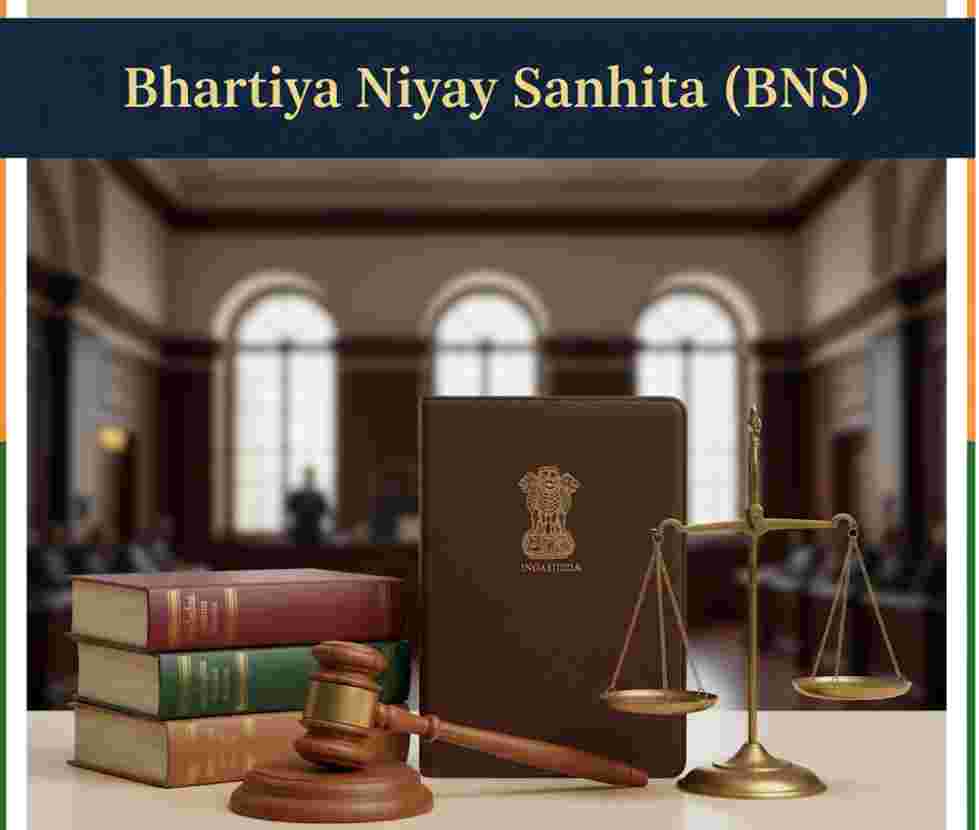
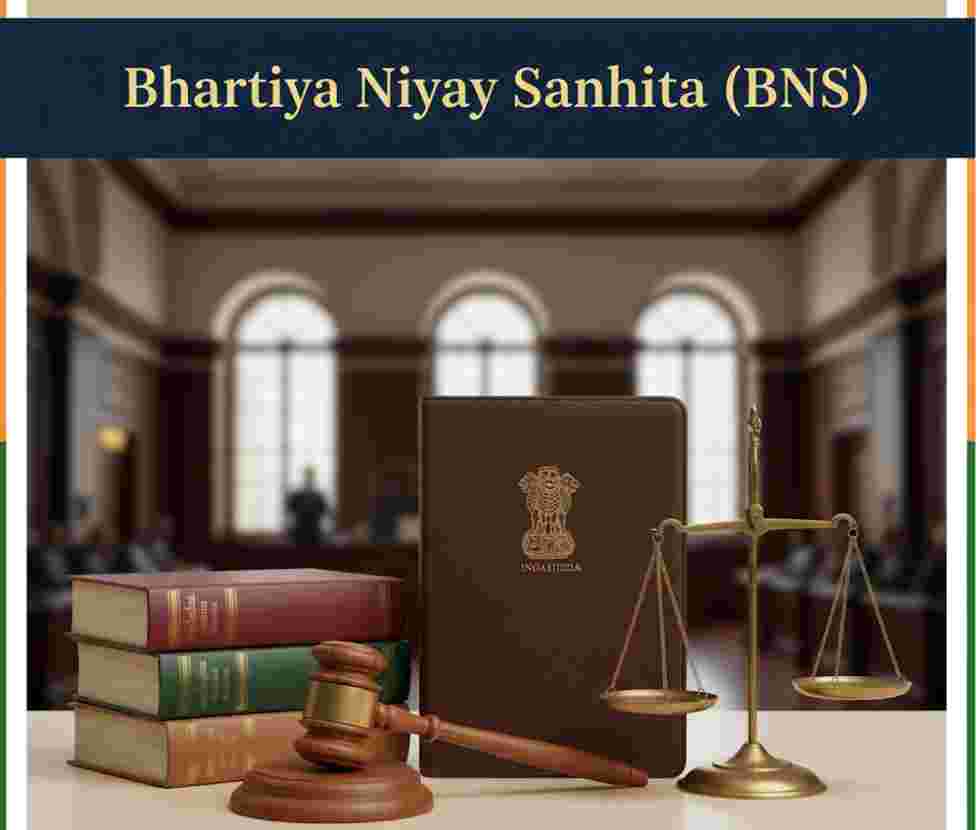


































































































Comment
Nothing for now